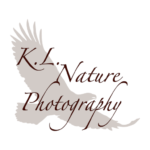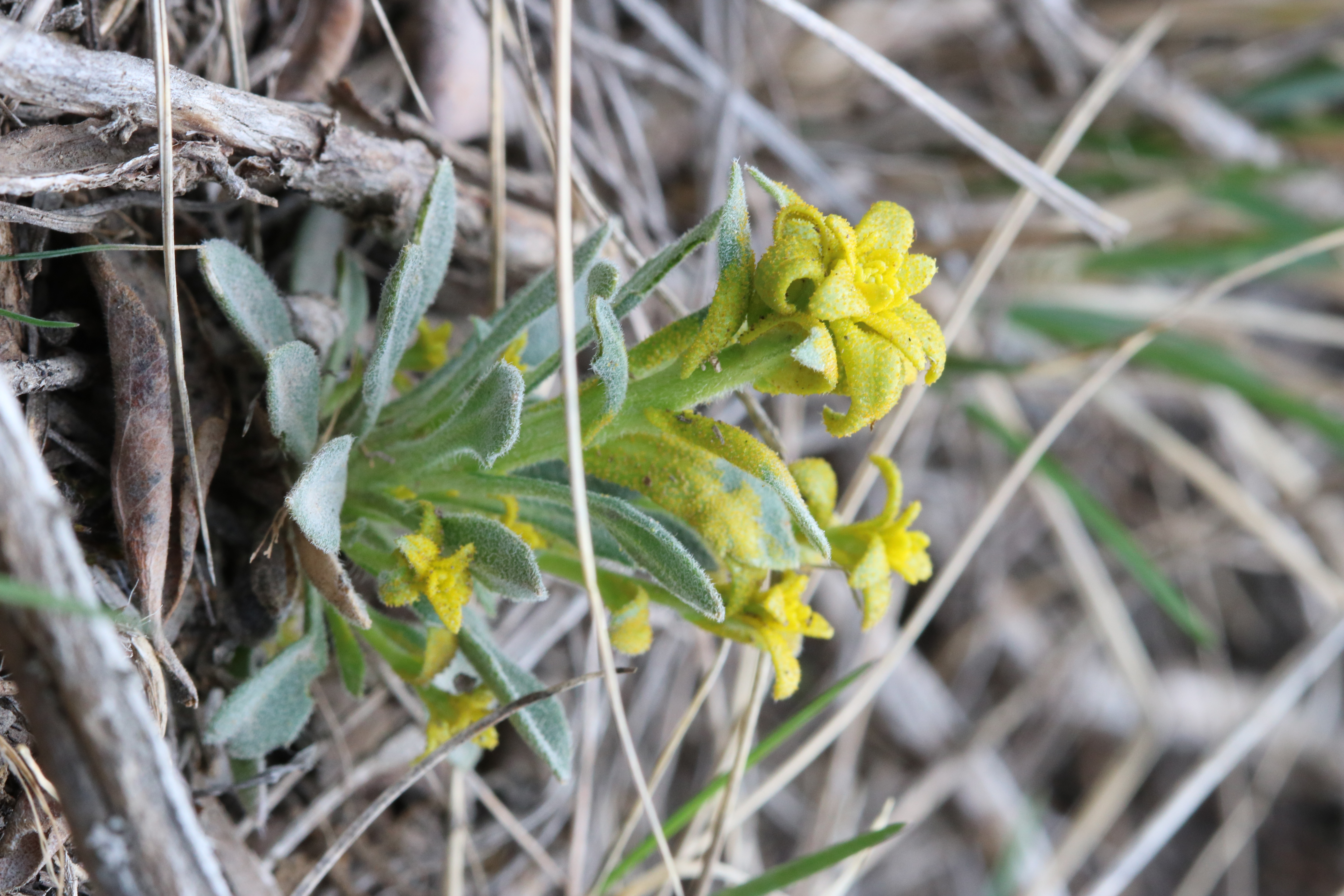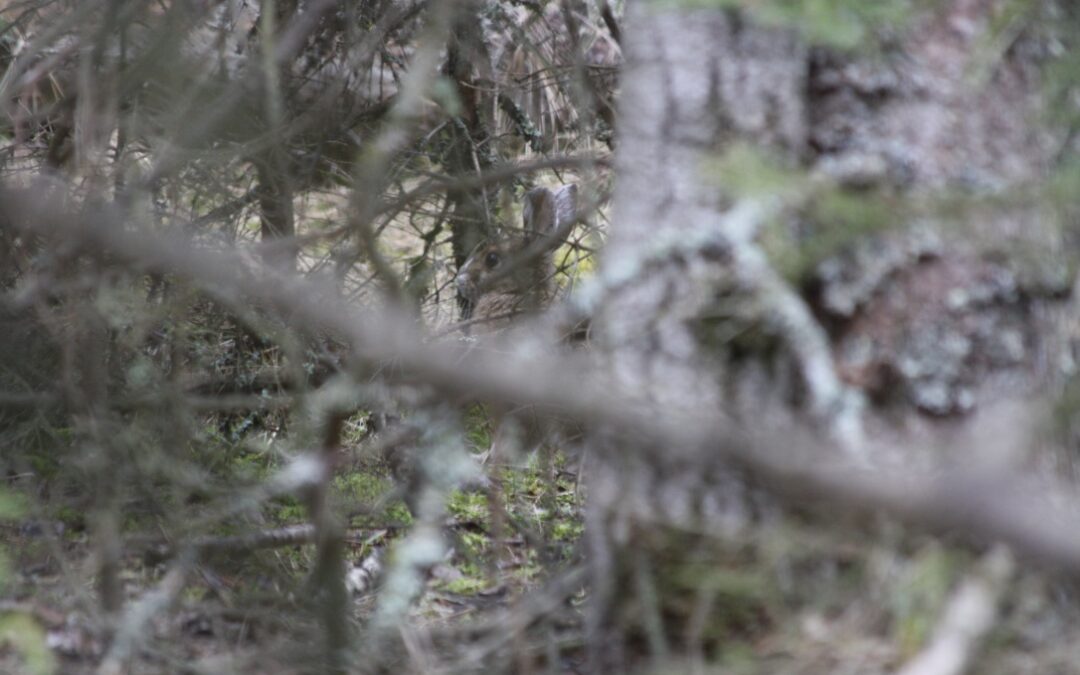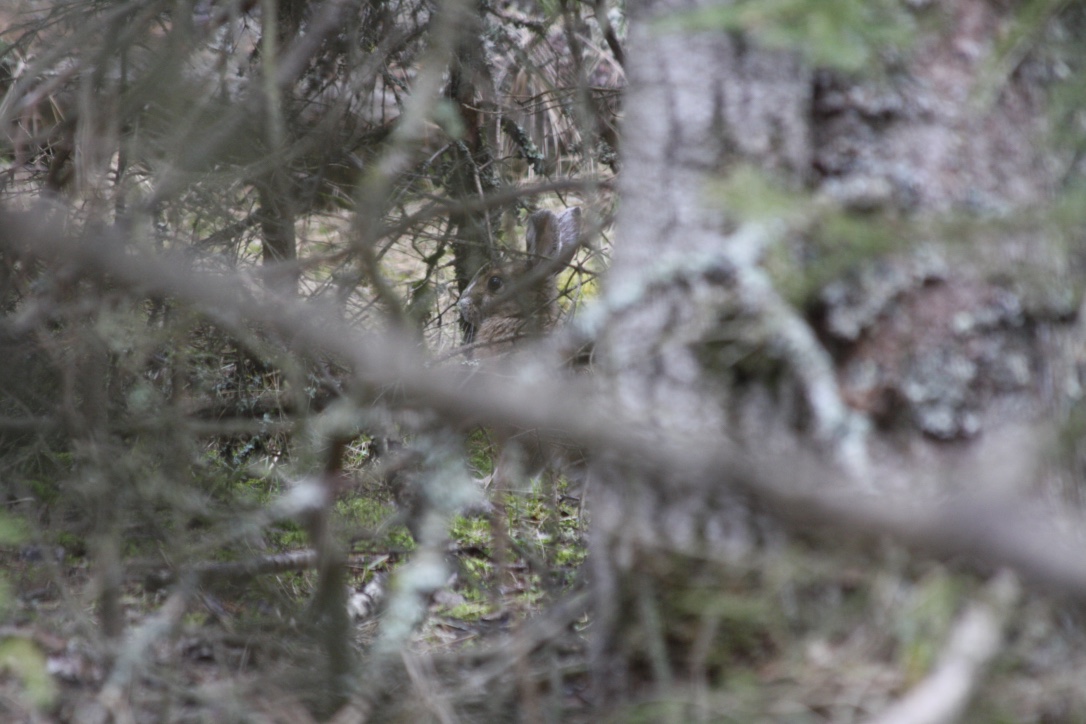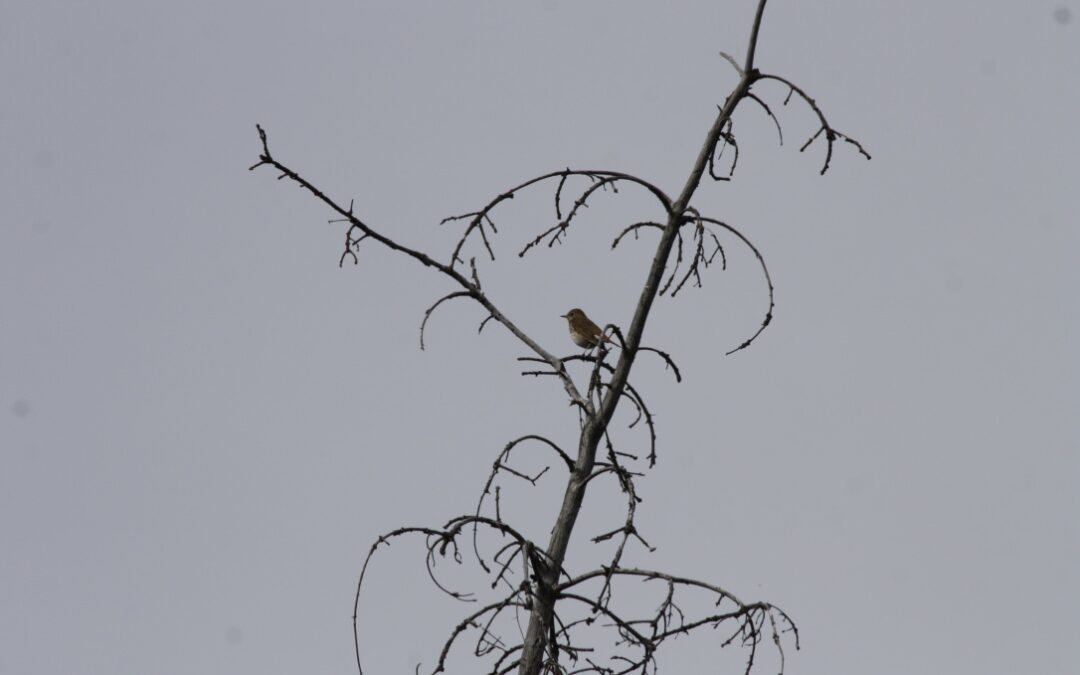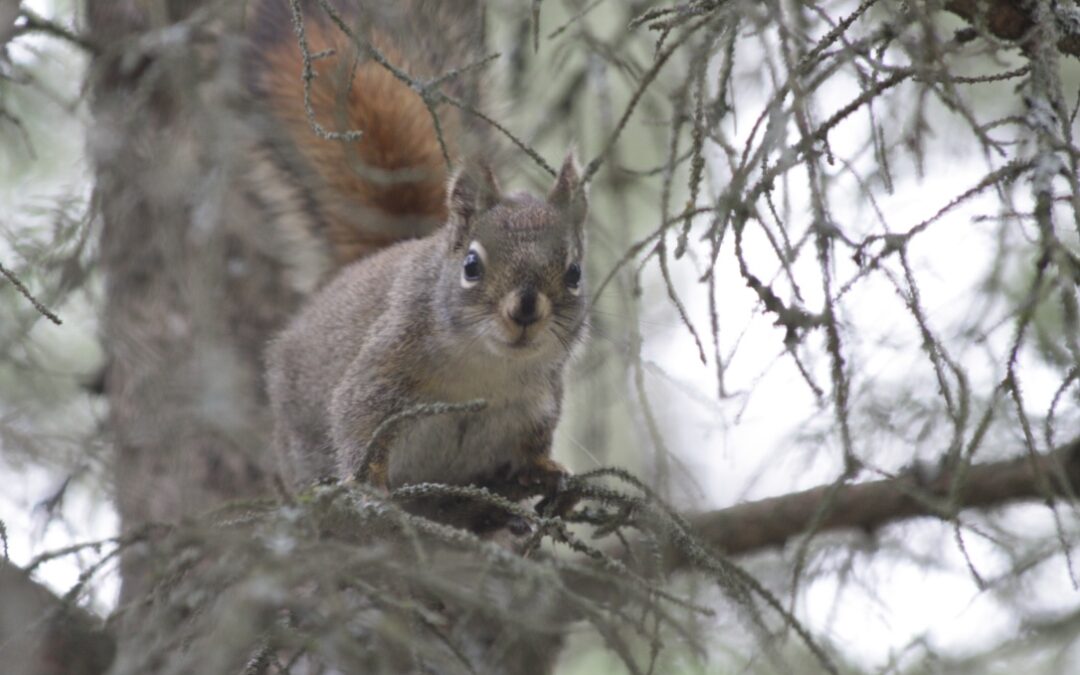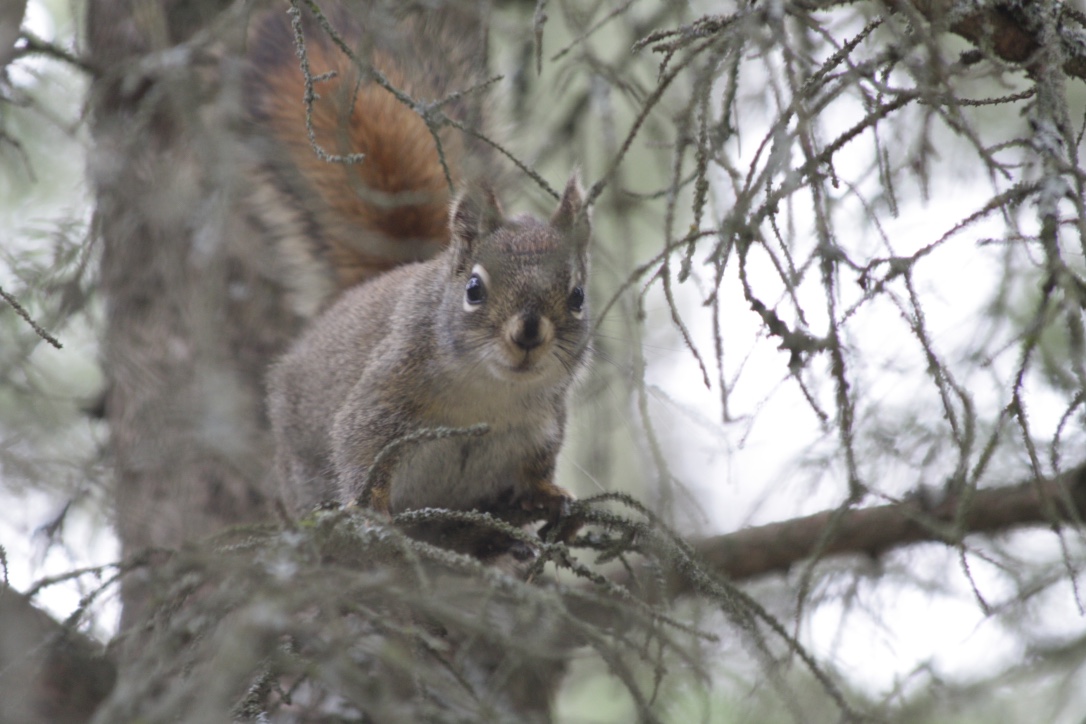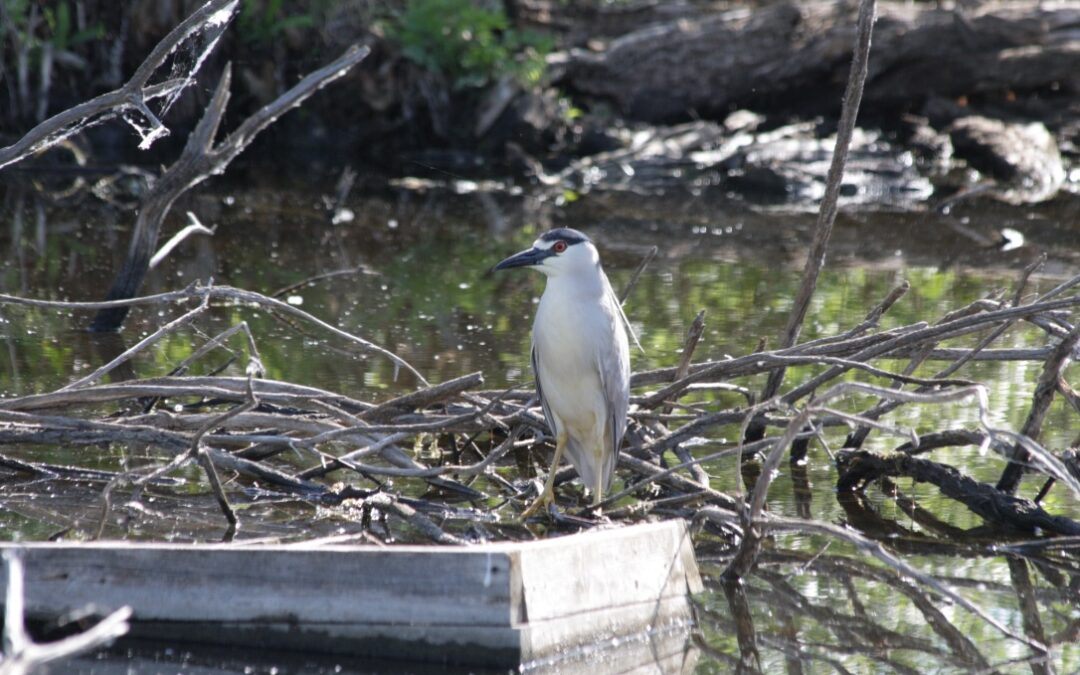
I Thought It Was a Fence Post
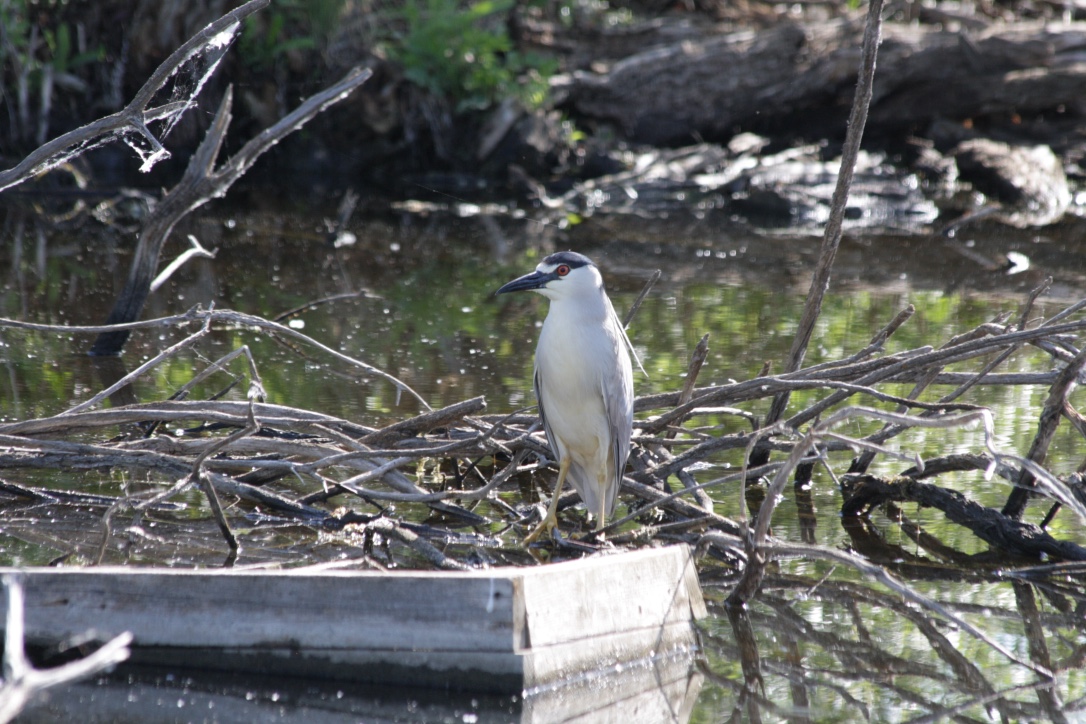
Standing so perfectly still and with such patience of any stealthy avian predator, this Black-Crowned Night Heron almost had me convinced that he was nothing more than a silly fence-post sticking out from the water; a weathered-greyish fence post that nearly struck the light well enough that it appeared to be just another dead, unimportant part of the scene. Just like the platform it leant on and the dead willow branches laying on the water surface.
That is until I noticed the beak and red eye.
Then I got excited and started snapping down on the shutter of the camera. The whole time that bird barely even moved a muscle. Of course, he knew I was there, me sitting in the truck parked on the side of the road, but if I didn’t look close enough, I would’ve just moved on and found other birds to capture in my lens.
Captured near Stettler, Alberta, Canada on May 27, 2018, with my old Canon Rebel XS DSLR, Canon EF 70-300 mm f/4-5.6 IS USM telephoto lens attached.
